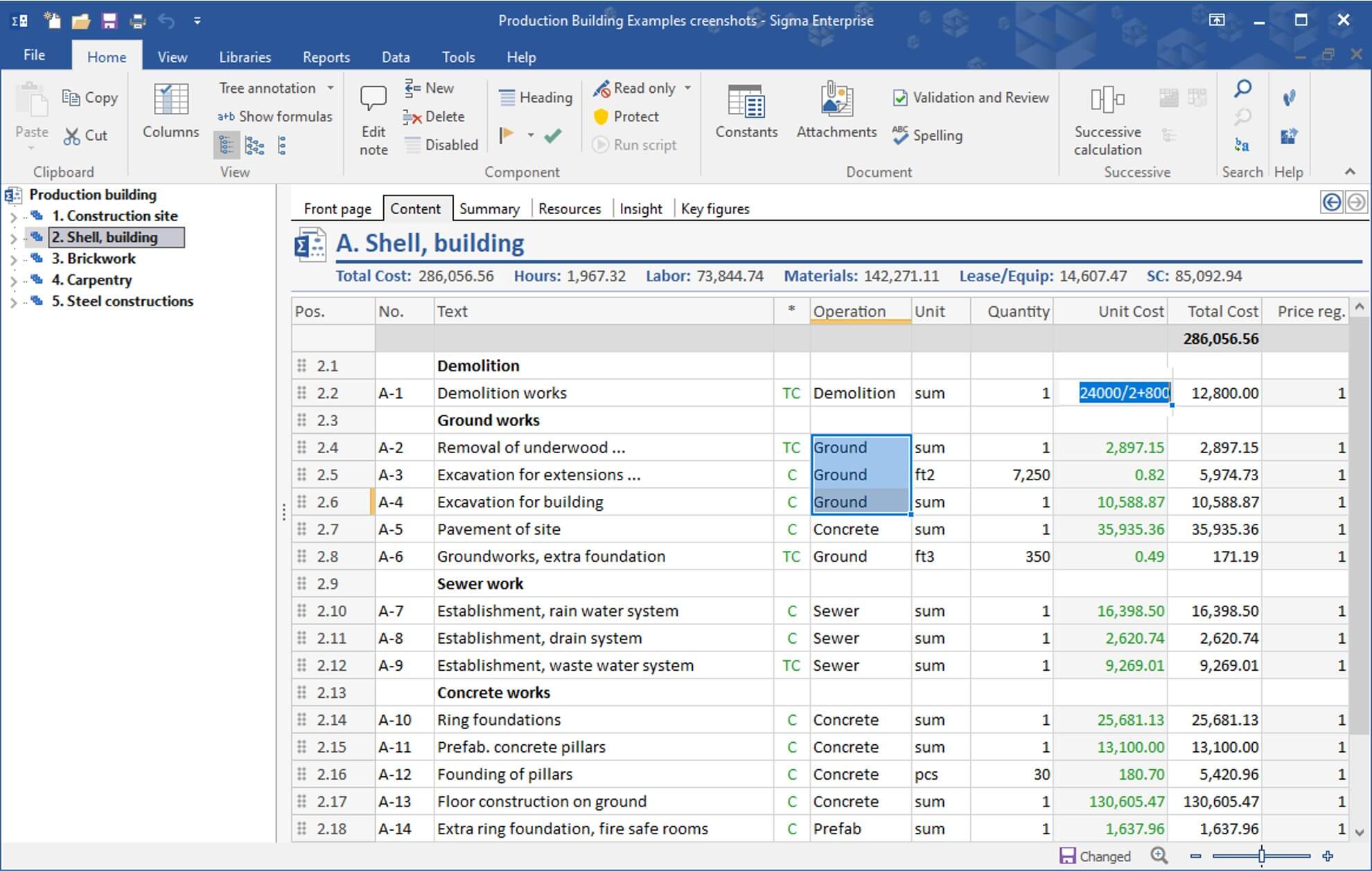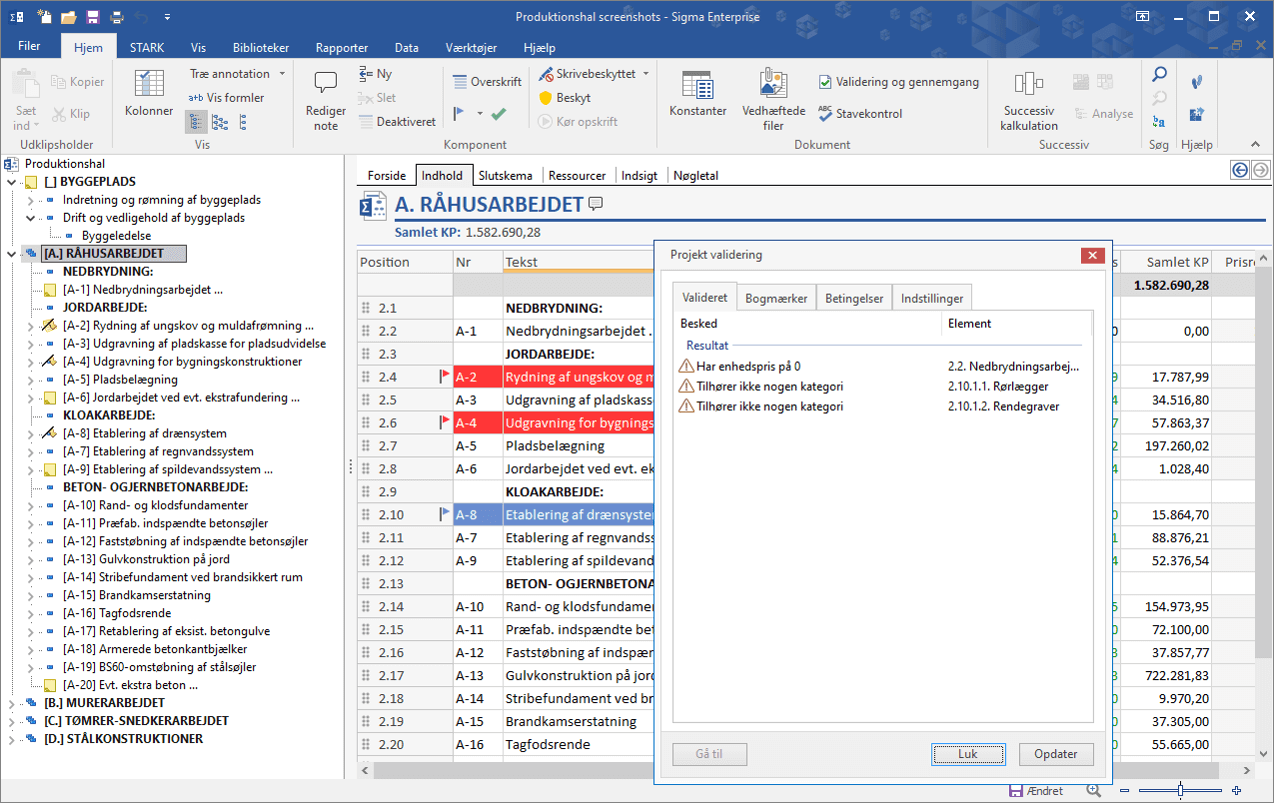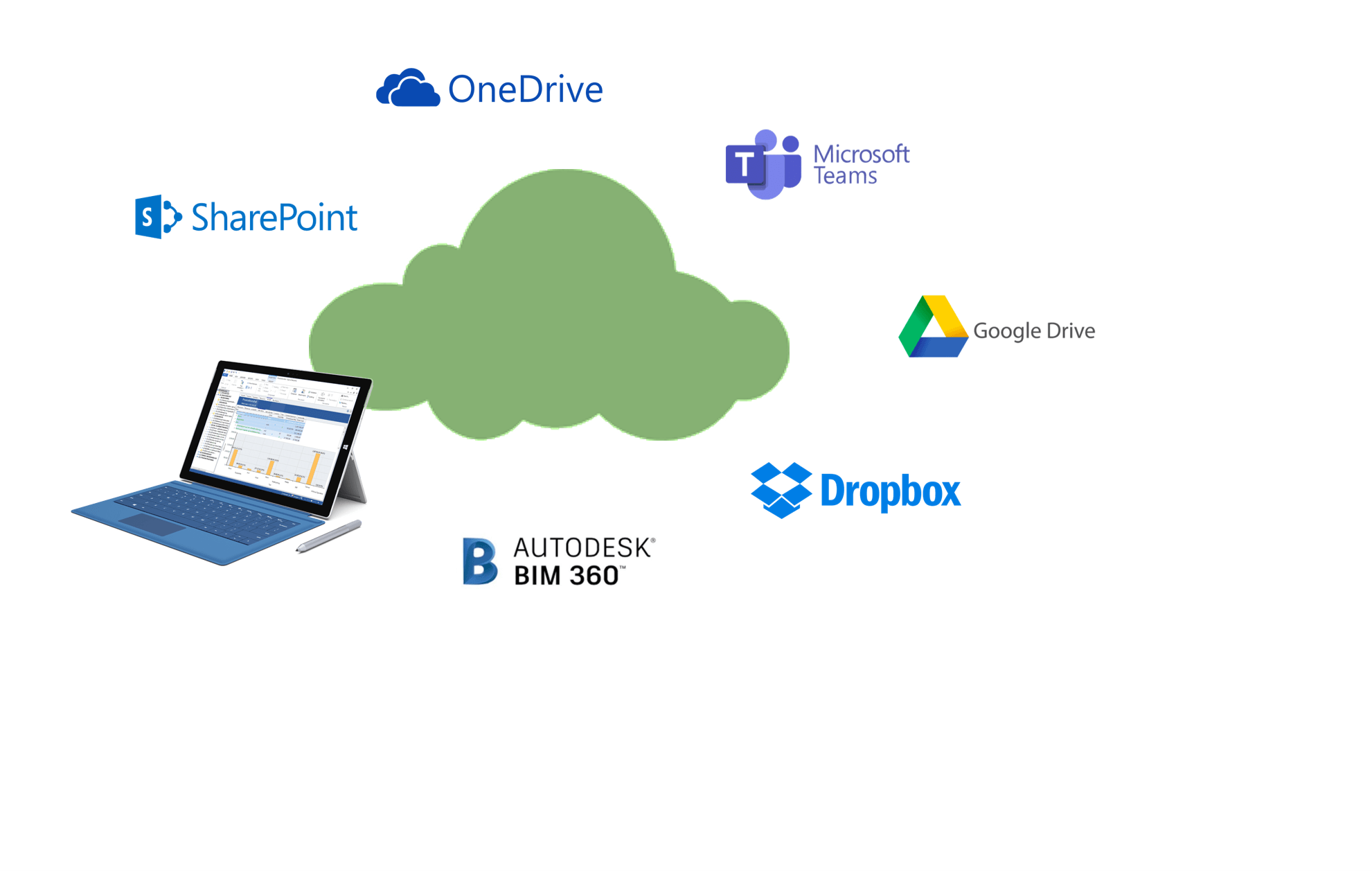EG Sigma
The flexible solution
EG Sigma is the preferred estimating solution for estimators and construction managers that need a tool that fits their way of working – and not the other way around!
EG Sigma is the preferred estimating solution for estimators and construction managers that need a tool that fits their way of working – and not the other way around!
Estimating America is no longer reselling and supporting the EG Sigma solution in North America. This means that you can now buy directly from EG.
If you have any questions regarding support or licenses, please contact:
Hikmat Noorullah for sales
Bill Carry for support and demo
Support: +1 (224) 848-2307
EG Sigma is a highly user-friendly and flexible estimating solutions for reliable and fast estimations. Utilizing the key usability from the classic spreadsheet and adding the power of databases, project break-down structuring, and all the latest functionality in estimating.
EG Sigma is the complete solution for all types of professional project estimate for an entire build, from start to finish.
With EG Sigma, you can quickly get started with your first estimate. If you're used to using spreadsheets such as Excel, EG Sigma is the next natural step along the way. EG Sigma has a flexible structure that provides an overview, and saves you time and worry on your without the hassle of 'broken' formulas.

In EG Sigma, estimates can be made for all sizes of projects, all kinds of disciplines and all types of estimates, including tenders, fixed rate work, three point risk estimates, BIM 3D-model estimates, budgets and more. As such you can use EG Sigma for all types of projects, from the smallest jobs to huge buildings and infrastructure projects. This is because EG Sigma structures the estimate to fit its break-down-structure perfectly for each project and hereby create a clear overview and way to work with the estimate.
Examples:

Price lists and building parts can be used in EG Sigma to estimate more quickly and ensure consistency between projects. Price lists from suppliers are retrieved directly, in the same way as full cost databases, which contain not only prices but also production times, activities and wages. Historical cost databases are easily created, while 3rd party cost databases from e.g. Molio or Exact can be a great help when it comes to market standards or detailed price lists. Parts of previous estimates can easily be reused in new estimates or as the basis for your own historical cost database.
Additional price databases:

In EG Sigma, you can get quantities from drawings and 3D models/BIM of all types – either directly via a live link to programs such as Autodesk Revit and Planswift, or via files from Bluebeam, Geometra and Excel spreadsheets. Live link connects quantities and estimate so that they are coherent and updated simultaneously. This saves a lot of time and errors when changes are made to drawings or models.

You can use the estimate to create all the necessary lists in EG Sigma – both for the full estimate or selected parts, and adapt it to what you'd like to see. What's more, any last-minute changes can be made directly in the lists and automatically updated back into the estimate.
Examples:

In EG Sigma, you have a complete overview for all the project’s supplements and adjustments, such as contribution margins and add-ons for risk and fees. A number of integrated tools also enable you to make automatic and self-adjusting changes, so that everything is distributed automatically and continues to balance correctly.
In addition to the overview page, the key figure page and template front pages provide an overview of selected key figures, which can be customized as required.
Example of supplements and adjustments:

EG Sigma has built-in formulas so that the estimates are always correct – no matter how much you move around or copy something from a previous project. An automatic validation also checks the estimate regularly for omissions and possible errors in its content, so that there is always peace of mind in the project’s figures and basis.
You can also use bookmarks to mark parts of the estimate so that they are easy to find again and attach relevant comments. This is especially useful when multiple estimators or project managers are involved in review or clarification.

Using Insight analysis in EG Sigma, means you can always view the content from different angles, depending on your needs and wishes. This means that useful and important information is quickly shown, and everyone in the project can see the project from their perspective and with the details they require.
Examples:

With just a few clicks, EG Sigma generates professional-looking printouts and reports in PDF format, ready to save, print or share with colleagues and customers. You can use them as-is or customise them to your own enterprise.
In addition to PDF printouts, it's also possible to send the estimate and lists directly to Excel, as well as other integrations like Word using apps. This means that the information and datot inside the estimate can be used in countless other situations, such as ordering, planning, management and delivery.
Examples of printouts and reports:

In EG Sigma, you can choose between different estimating templates depending on the project and its requirements. You can also customise and create templates to suit your work and tasks. The templates contain your settings, including everything from estimates breakdown structure, rates, key figures, lists, right through to the desired front page.
Front pages in EG Sigma typically contain the basic information about the project and key figures, but can be adapted completely according to your own needs.
Examples of content in front page templates:

EG Sigma works in the same way as Microsoft Office does using files – an estimate is stored a file. This makes it easy to collaborate and share projects and cost databases via email or file storage, such as Onedrive, Dropbox, Teams, Sharepoint, BIM 360 etc. Depending on your needs, the estimate can be saved and shared in the cloud or locally, while you have complete control of security.
Examples:

EG Sigma integrates with all imaginable applications and necessary formats. This ensures uniform workflows while minimising errors and time consumption.
In addition to the built-in integrations and functions in EG Sigma, there are a number of apps that, among other things, extend the functionality and integrations or provide access to data. Apps can be developed by everyone and adapted to the individual’s requirements and needs.
Examples:
An LCA calculation in EG Sigma eliminates the need for separate tools to calculate the price and environmental impact of your project. They are calculated in a single familiar tool, ensuring you have control of the price and environmental impact. This saves time, prevents mistakes, and allows you to find the best solution for the project without the hassle of having to switch back and forth between different tools.


